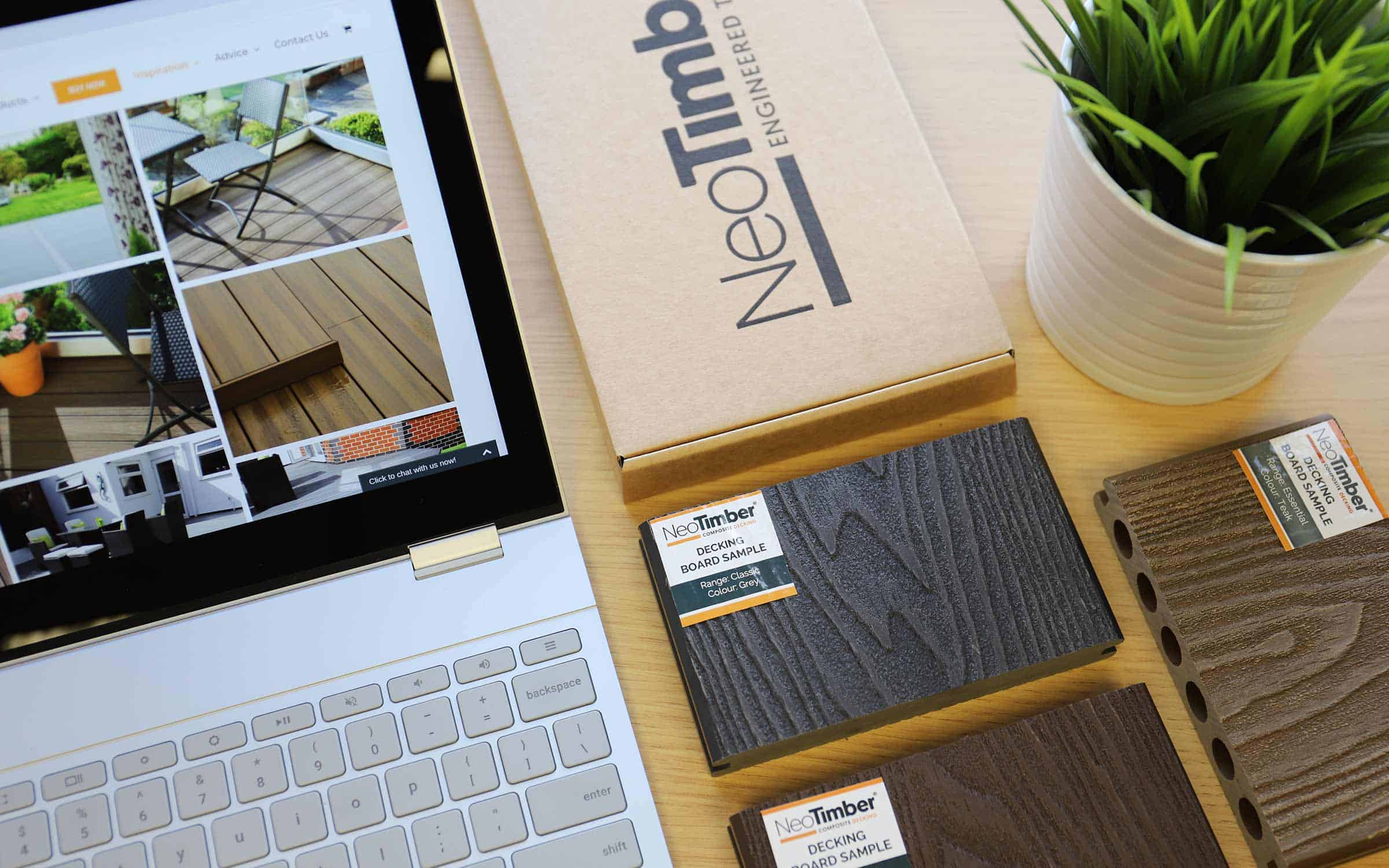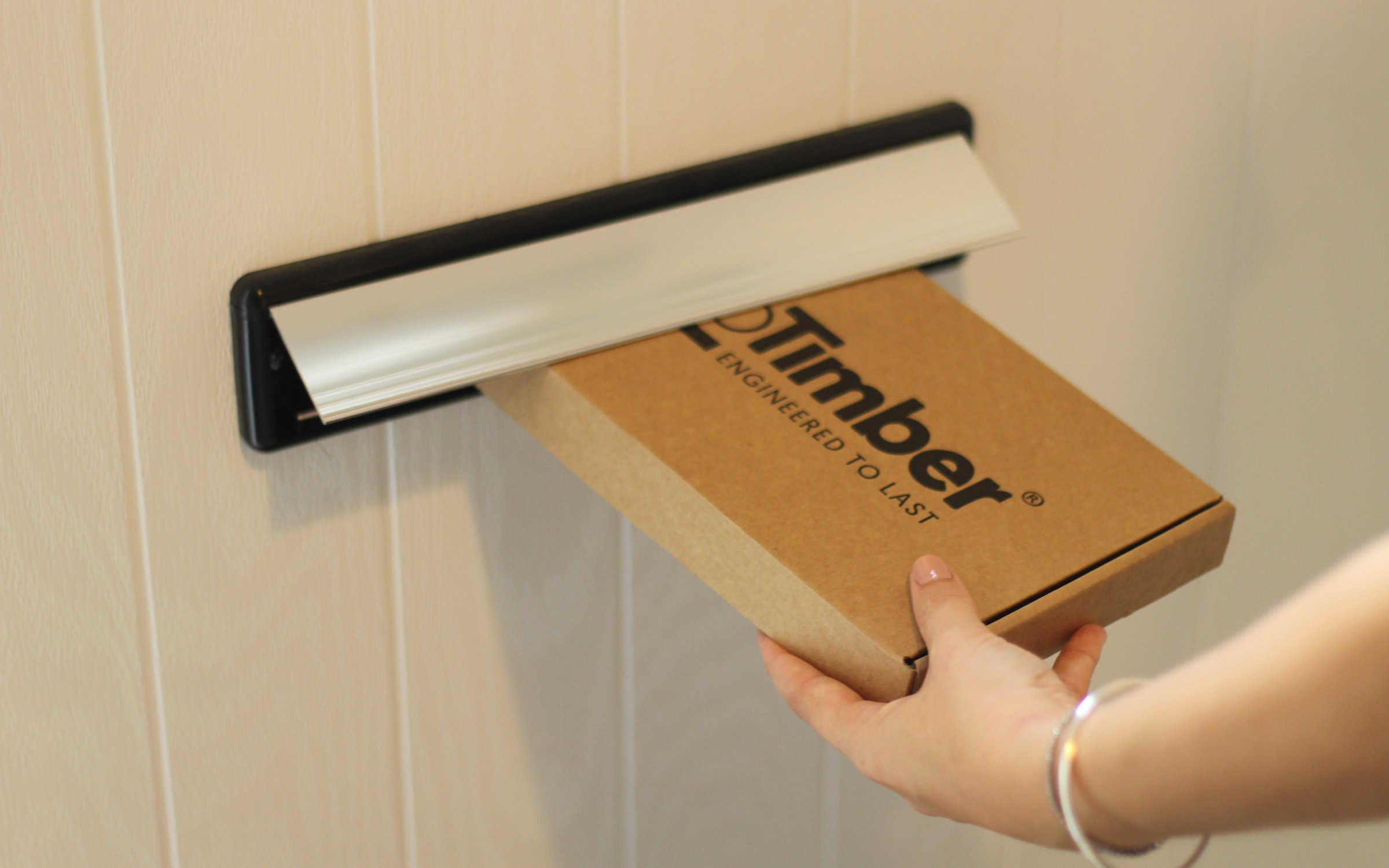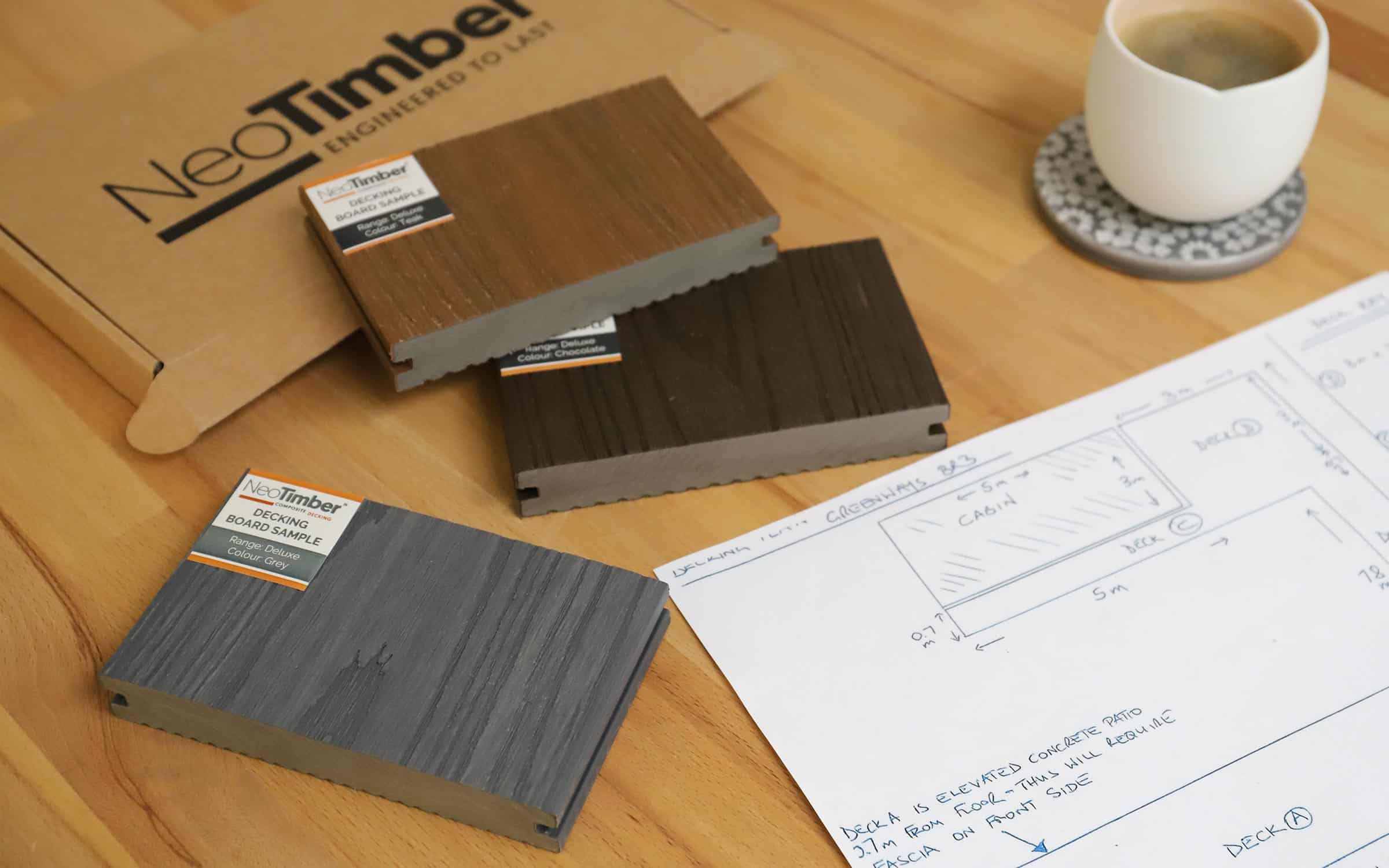Let’s look at how to effectively prevent static electricity on composite decking…
When you stack up all the advantages of composite over timber, the evidence for choosing composite is quite clear. However, there is one downside that you need to consider before purchasing composite decking. Static electricity on composite decking is a real thing and can be an issue in dry climates (not that the UK is known for that). Static is slightly more prevalent on capped composite decking (the NeoTimber® Advanced and Deluxe ranges) due to the plastic polymer shell. So, it’s important to learn how to prevent static electricity on composite decking well in advance.
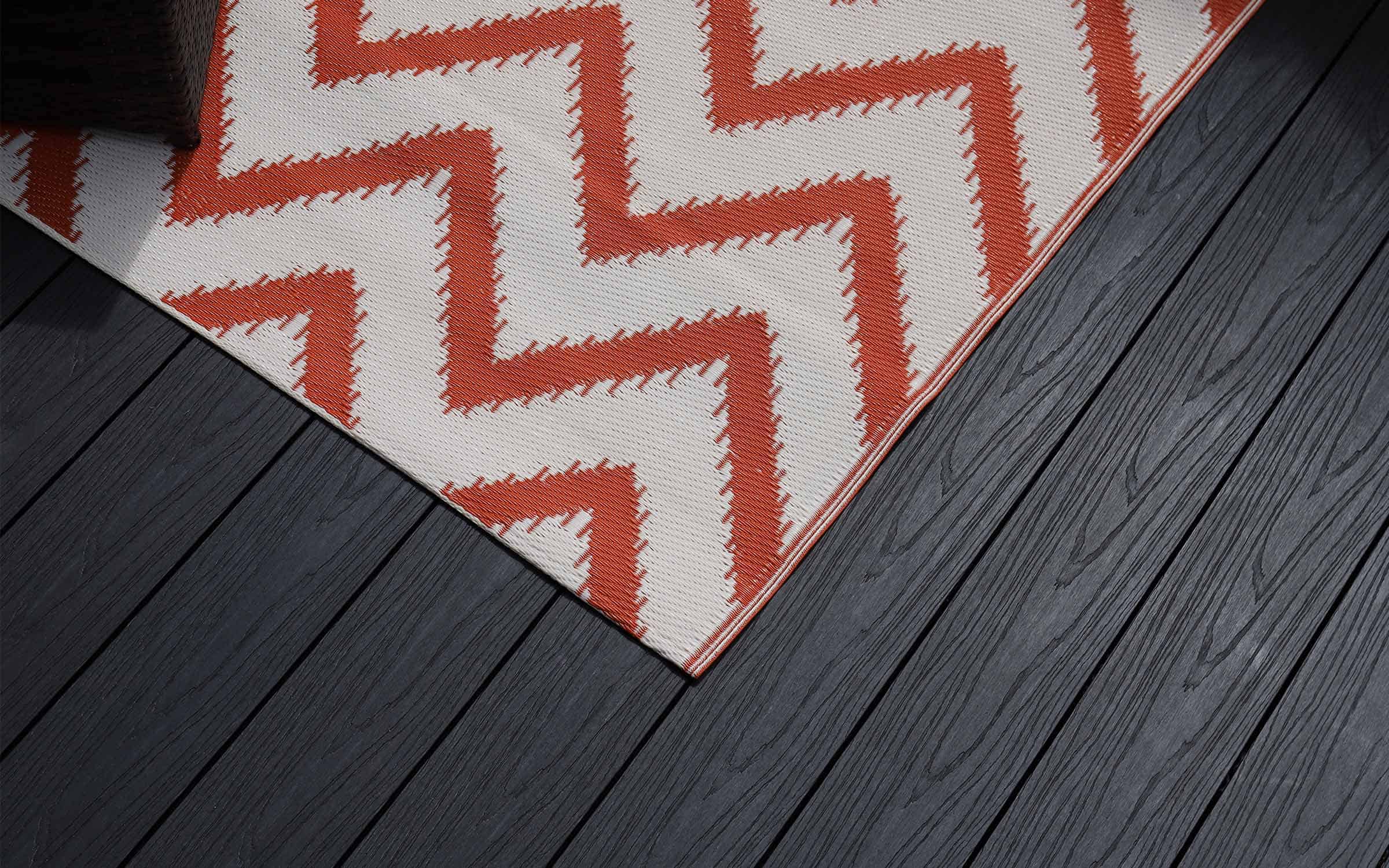
Composite deck boards are a unique material that, thanks to their plastic content, possess unique insulating properties that homeowners have come to love. Only one problem – plastic is no stranger to generating static charge. Amplified by dry climates, this static build-up can become a pesky pain to deal with as you wait for the boards to age. Thankfully, NeoTimber® has put together this small guide on how to prevent static electricity on composite decking. From explaining what causes static build-up to sharing easy tips and tricks to avoid and remove it, we hope to help you take charge of the situation.
Anti-Static Spray
If you’re a UK resident, chances are you’ve never had to worry about how to prevent static on composite decking. Naturally, we can’t expect you to know that there are actually products that are specifically sold to reduce the generation of static tenfold. Taking the form of anti-static sprays, these products can be directly sprayed onto your boards, and come in both indoor and outdoor variants. For composite decking, we’d recommend the outdoor solution; with the sheer frequency of our horrendous weather, you don’t want to risk the chance of it being stripped down.
That being said, anti-slip sprays aren’t exactly a cheap solution to a (let’s face it) pretty minor issue. Thankfully, NeoTimber® brings you a handy dandy recipe for homemade anti-slip spray. Simply water down anti-static fabric softener until it’s thin enough to spray, pour the concoction into a bottle, and give your deck an even spritz. One litre should be enough for 25m2 of composite decking, and will nicely slot into your current cleaning routine.
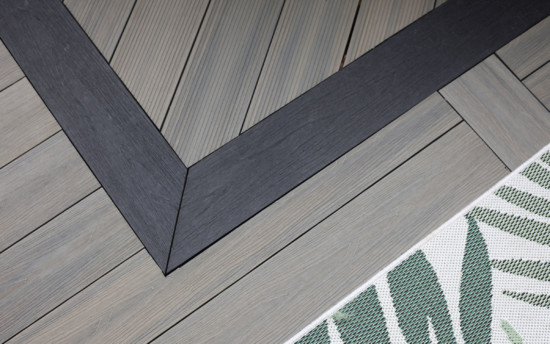
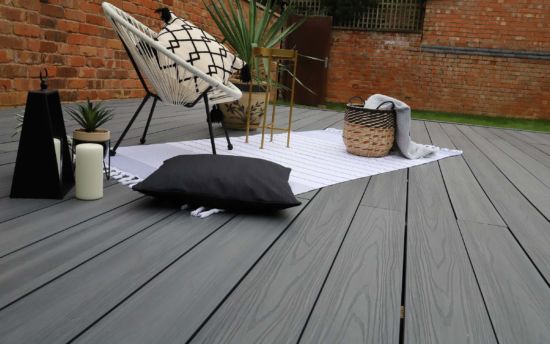
Rubber Mats Or Pads
In areas particularly prone to static, such as countries with a warm climate, a common strategy to mitigate the consequences of static is to use rubber matting. Commonly used in restaurants and pub verandas, they are best used in areas of high footfall.
In addition to composite itself, rattan furniture is also a natural insulator and so the two can combine to create a sharp jolt if left unchecked. To avoid this, ensure you place furniture on rubber mats or have rubber foot pads fitted.
Plants
Another way to combat static electricity on composite decking is to introduce plants on decking. Plants expel a large amount of moisture into the air throughout the day, and it’s this very moisture that creates a naturally humid atmosphere. This reduces the dryness in the air directly surrounding them, ultimately preventing static from building up on your decking.
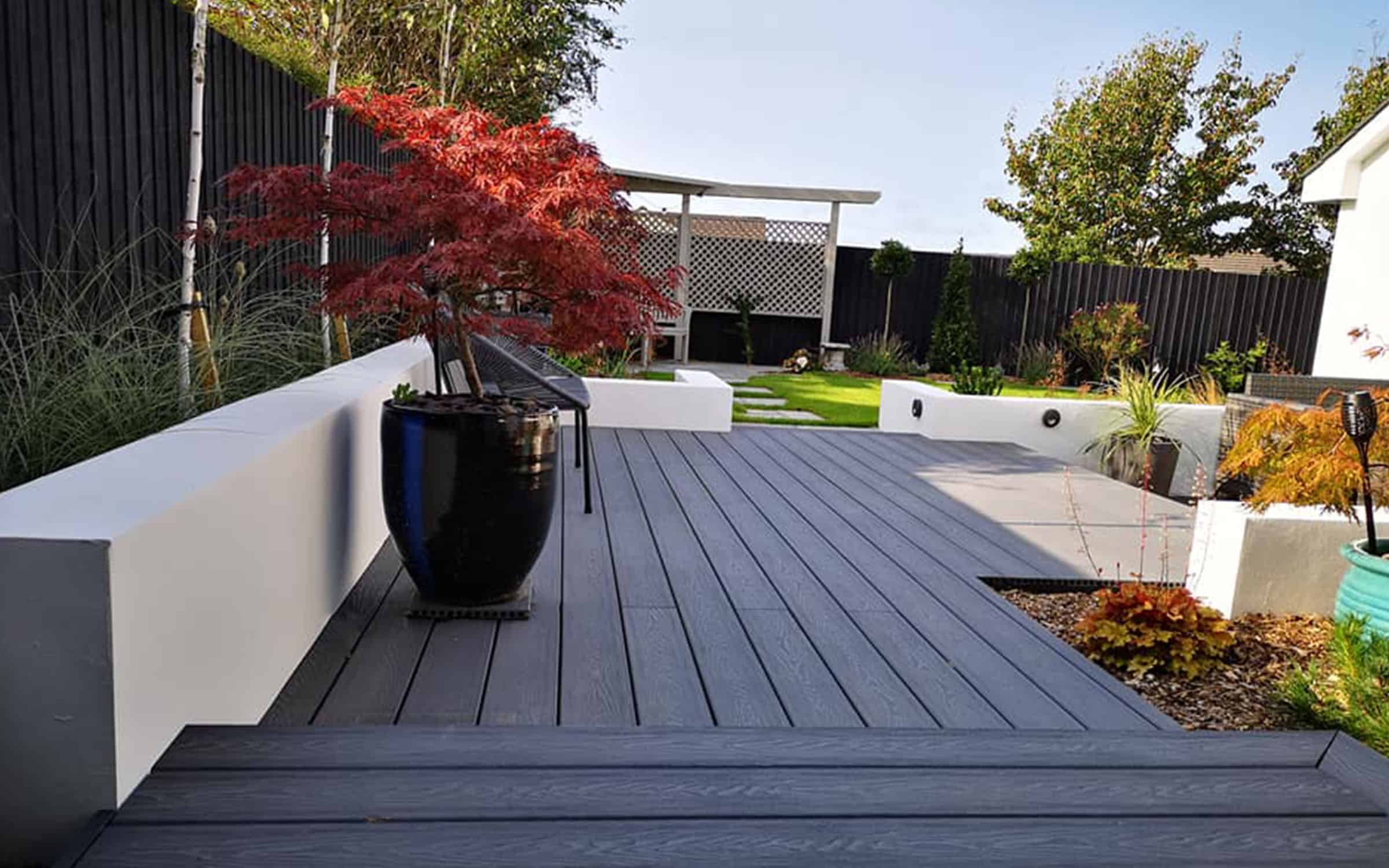
The Good News For British Homeowners
The key thing to remember about static build-up is that it occurs mainly in dry climates. So, the chances of you encountering static on British garden decking is small. However, should you find that you’re getting issues with static in the two weeks when it doesn’t rain, you now have a few suggestions to help you prevent static electricity on composite decking.
Need Further Support or Advice?
If you’ve still got questions that have not been answered here, or you would like additional advice,
support or assistance then please give one of our friendly experts a call and we’ll be happy to help.
Just give us a call on 01530 382 180.

